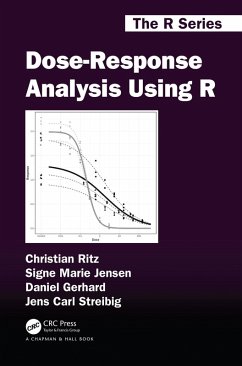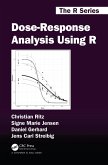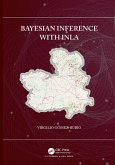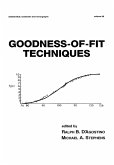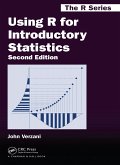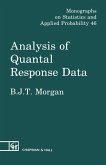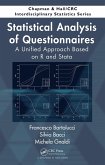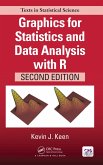Dieser Download kann aus rechtlichen Gründen nur mit Rechnungsadresse in A, B, BG, CY, CZ, D, DK, EW, E, FIN, F, GR, HR, H, IRL, I, LT, L, LR, M, NL, PL, P, R, S, SLO, SK ausgeliefert werden.
Hinweis: Dieser Artikel kann nur an eine deutsche Lieferadresse ausgeliefert werden.
- Ralf Schafer, University Koblenz-Landau
"Analysis of dose-response curves is one of the critical ways used to assess the effect of a toxicant (or other treatments) on plant growth. I have done many such analyses using the drc module in R developed by the authors of Dose-Response Analysis Using R. This new book is a wonderful new compendium of methodologies illustrated with relevant examples to conduct such analyses properly. A 'Must Have' resource for anyone relying on dose-response analysis in their work."
-Franck E. Dayan, Agricultural Biology Department, Colorado State University
"This book will be useful to both applied statisticians and a wide range of biologists. It combines a text on statistical modeling of dose-response data with lots of examples of using R and the drc package for data analysis. Appendix B, describing models for dose-response data, is an extremely useful and thorough overview of the huge number of possible models. It contains cross-references between equivalent models and a wealth of literature citations from diverse fields. This alone is worth the price of the book. The examples are drawn from the published literature. They provide a nice range of complexity, starting with simple introductions and finishing with quite complex analyses."
- Philip Dixon, Iowa State University

